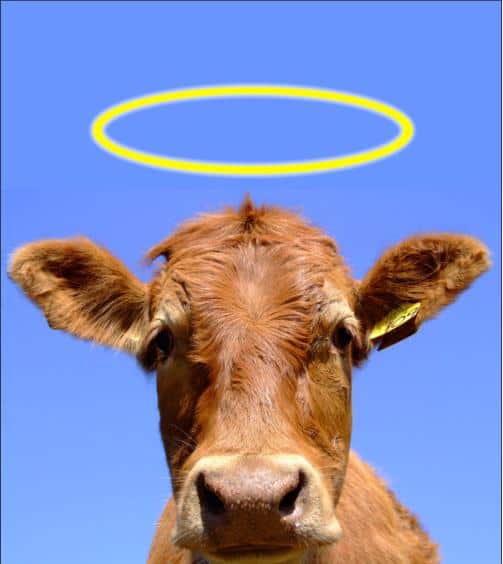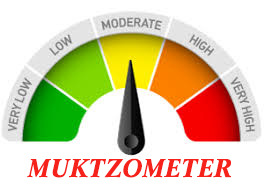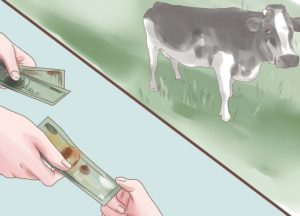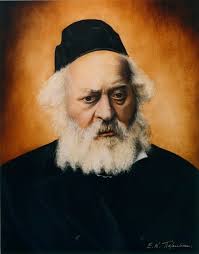Beitza 27b-28a

1- The Mishnah teaches that on Yom Tov one may not move:
- a) An animal that died.
- b) Challah that became טמא.
The Mishna relates that these two cases were asked by Reb Tarfon who entered the Beis Medrash and asked what the דין is from the חכמים sitting there and was told not to move either of them.

In principle, a permissible use would be to feed a dead carcass to his dogs. So why would one be prohibited from touching an animal that died on Shabbos or Yom Tov?
The answer is – Muktzah. Since this animal was not meant to die today. Thus the owner did not ‘prepare’ this for use – it was not מן המוכן
2- It follows, our Gemara notes, that the author of our Mishnah adopts R’ Yehudah’s position, accepting the principle of Muktzah, rather than the opinion of R’ Shimon. – ר שמעון דלית ליה מוקצה
We discussed Reb Shimon’s position at length in regards to Muktzah for there are cases where even he would agree to Muktzah. The classic case being fruits or vegetables that are put away for a long time.
The Gemara demonstrates how the Mishnah, that prohibits the touching of a dead animal, could in fact be consistent with R’ Shimon’s opinion.
3- One way the Gemara suggests reconciling our Mishna with R Shimon, is to say that our Mishna is referring to קדשים, says זעירי.

A dead animal that is קדשים, cannot be fed to dogs. So even Reb Shimon would agree to prohibit moving the dead animal.
Rashi explains that although one may indeed transfer the holiness from קדשים unto money, in our case it would not work. Why?
The קדשים animal needs to be appraised while it is still alive. Therefore dead animals cannot be transferred to money.
We mentioned the question of the פני יהושע. This story with his animal, on which Reb Tarfon was asked, obviously happened much after the חורבן since that’s when Reb Tarfon lived. So קדשים would need to mean a בכור which can never be transferred anyway. So why didn’t Rashi just say that it meant a בכור?

We mentioned the ספר בארות המים that quotes an amazing story from the Sifri where it is clear that Reb Tarfon lived (at least part of his life) when there was a Beis Hamikdosh.
וכן ראה רבי טרפון מצוות הקהל בבית המקדש, שכן אמרו בירושלמי יומא (פ”א סוף ה”א
“ובני אהרן הכהנים יתקעו בחצוצרות (על הקרבנות) תמימין ולא בעלי מומין, דברי ר’ עקיבא
. אמר לו ר’ טרפון אקפח את בניי אם לא ראיתי אחי אמי חיגר באחת מרגליו עומד בעזרה בידו ותוקע.
אמר לו ר’ עקיבא: רבי! שמא לא ראית אלא בשעת הקהל ואני אומר בשעת קרבן”.
וחזר ר’ טרפון והודה לר’ עקיבא
. וכן מפורש בתוספתא (סוטה שם) שהמדובר בהקהל וכן הוא בספרי פ’ בהעלותך
לפי נוסחת הילק”ש שם.
In regard to the sounding -of the חצוצרות we find an argument between Reb Akiva and Reb Tarfon. Reb Akiva says that a Kohen that has a מום ר”ל cannot blow the חצוצרות.
Reb Tarfon tells Reb Akiva some sharp words and says “I remember my uncle that had a limp and he blew the חצוצרות in the Beis Hamikdosh”.
Reb Akiva responds that perhaps his uncle didn’t blow it on Yom Tov when a בעל מום cannot blow the חצוצרות, but on הקהל when the rules are different?.
Reb Tarfon responded in amazement and recalls that it exactly as Reb Akiva said.
See the Sifri here.
4- We discussed the concept of ‘אחשבי
Meaning that something the Torah gives importance to raises its level.
We spoke about Reb Yitzchok Elchonon Spektor. His life etc.
His idea: a מלאכה when done by two people is not considered a מלאכה.
What about when they do a Mitzvah together? Does the Mitzvah cause it to be considered a מלאכה?
וגם בב׳ העושין להמצוה נחשבח עשייחן לקיום המצוה, וכיון לאחשביה רחמנא הוי ממילא ביה חשיבוח גם לענין ליהא שם מלאכה עליו להחחייב משום איסור שבח
באר יצחק- שדה צופים
שנים שעשוה במלאכה שהתורה אחשבי’.
5- We spoke about the מנהג of many to say second chapter of Mishnayos Shabbos Friday night before ברכו, and others say כגונא .



